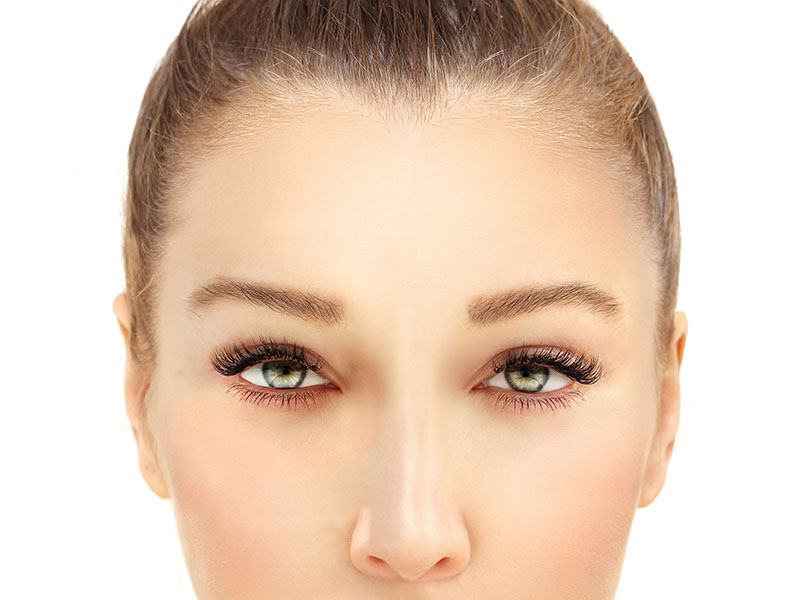Blepharoplasty in Dubai

steps :
| Hospitalisation : Outpatient (no overnight stay in hospital) |
| Duration of the procedure : Approximately 1 to 1.5 hours, usually under local anaesthetic (with or without sedation) |
| Post-operative pain : Mild to moderate, lasting 2 to 5 days; well controlled with painkillers |
| Dressings : 5 to 7 days |
| Cessation of sporting activities : 3 to 4 weeks |
| Time off work : 7 to 10 days (varies depending on activity) |
| Visible morphological results : Visible after 2 to 3 weeks, final result after 3 to 6 months |
| Post-operative check-up and follow-up : First check-up on day 3-7, then at 1 month, 3 months, and 6 months |
Principle
As a plastic surgeon practicing in Dubai, I often meet patients who are curious about blepharoplasty, also known as eyelid surgery. This procedure is one of the most requested aesthetic interventions worldwide and in the UAE, as it restores a youthful and refreshed appearance to the eyes while maintaining a natural look.
Because the eyes play a central role in communication and aesthetics, any surgical intervention must be approached with precision, respect for cultural sensitivities, and full transparency. In the following sections, I will explain what blepharoplasty involves, how to prepare, what to expect during and after the surgery, and how results evolve over time.
Blepharoplasty is a surgical procedure designed to rejuvenate the eyelids. It can be performed on the upper eyelids, the lower eyelids, or both. The goal is to remove or reposition excess skin, muscle, and fat that accumulate over time, leading to puffiness, sagging, or under-eye bags.
In Dubai, where cultural and professional standards emphasize discretion, natural beauty, and harmony, patients often seek subtle results that do not drastically alter their features. Blepharoplasty helps refresh the gaze without changing one’s identity.
Beyond aesthetics, eyelid surgery may also be recommended for functional reasons. In some patients, excess skin of the upper eyelid can impair peripheral vision. Correcting this improves not only appearance but also daily comfort.
By targeting signs of eyelid aging, blepharoplasty addresses:
- Drooping upper eyelids (dermatochalasis)
- Puffiness caused by fat deposits
- Wrinkling or laxity of the eyelid skin
- Prominent lower eyelid bags
- Tired or sad-looking expressions
Before the Procedure
The Procedure
After the Procedure
Results and Follow-up
Frequently Asked Questions about Blepharoplasty in Dubaï
Is blepharoplasty painful?
Discomfort is minimal and easily controlled with prescribed medication. Most patients describe the recovery as more uncomfortable than painful.
How long do results last?
Results typically last 8–10 years. While aging continues, patients usually enjoy long-term improvement without the need for repeat surgery.
Can blepharoplasty be combined with other procedures?
Yes. It is often performed alongside a facelift, brow lift, or non-surgical treatments such as Botox and fillers for complete facial rejuvenation.
Are there risks associated with eyelid surgery?
As with all surgeries, risks include bleeding, infection, or asymmetry. However, complications are rare when performed by an experienced plastic surgeon in a licensed facility.
Is blepharoplasty suitable for both men and women?
Absolutely. In Dubai, an increasing number of men seek eyelid surgery to look less tired and maintain a competitive professional image.
How soon can I resume normal activities?
Most patients return to work after 10–14 days, while sports and intense activities should be postponed for at least three weeks.
Will my eyes look “different”?
The goal is always natural rejuvenation. You will look refreshed, but your fundamental appearance and expressions remain unchanged.
